Understanding the Basics of Figure Drawing
Mastering the fundamentals of figure drawing involves understanding line, proportion, anatomy, and gesture. Resources like “Figure Drawing For All Its Worth” provide essential guidance for artists.
Figure drawing is the art of capturing the human form, blending creativity with technical skill. It involves observing and interpreting the body’s structure, proportions, and movements. Resources like Figure Drawing For All Its Worth and Figure Drawing: Design and Invention offer foundational guidance, emphasizing the enjoyment of drawing and the importance of understanding anatomy and gesture. These books provide step-by-step instruction, combining practical exercises with meditative approaches to help artists of all levels master the basics and beyond.
The Importance of Line in Figure Drawing
Line is the foundation of figure drawing, defining shape, contour, and movement. It captures the essence of the human form, from subtle curves to dynamic gestures. Figure Drawing For All Its Worth emphasizes the power of line in conveying structure, rhythm, and emotion, making it a vital tool for artists to express their vision effectively.
Understanding Proportion and Measurement
Proportion and measurement are critical in figure drawing to ensure accuracy and balance. Figure Drawing For All Its Worth teaches how to measure and divide the body into segments, maintaining harmony and realism. Proper proportion creates a believable form, essential for capturing the human figure effectively in art. This skill is foundational for all drawing techniques.
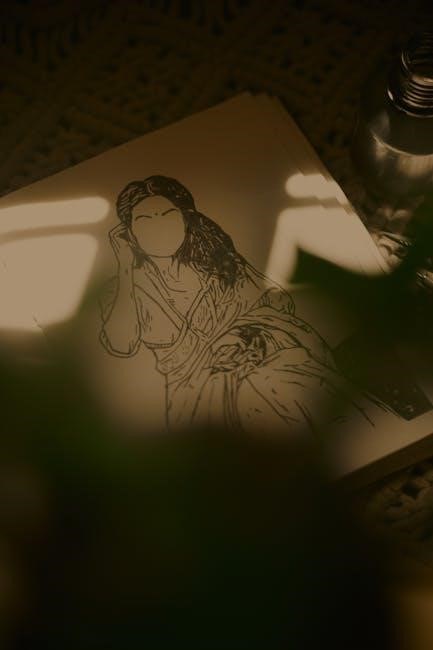
Materials and Tools for Figure Drawing
Traditional tools like pencils, charcoal, and sketch paper are essential for figure drawing. Digital tools also offer versatility, enhancing creativity and precision in capturing the human form effectively.
Traditional Drawing Tools
Traditional tools like graphite pencils, charcoal, and sketch paper are fundamental for figure drawing. They allow artists to explore texture, shading, and form effectively, as emphasized in resources like “Figure Drawing For All Its Worth.” These tools provide tactile feedback, helping to refine techniques and capture the essence of the human figure with precision and creativity.
Digital Tools for Figure Drawing
Digital tools like Procreate, Adobe Photoshop, and Autodesk Sketchbook are transforming figure drawing. These software options offer versatile brushes, layers, and undo features, enabling artists to experiment freely. They provide flexibility and efficiency, allowing for quick adjustments and iterations. Digital tools are particularly useful for artists who prefer a modern, tech-driven approach to traditional figure drawing techniques and practices.
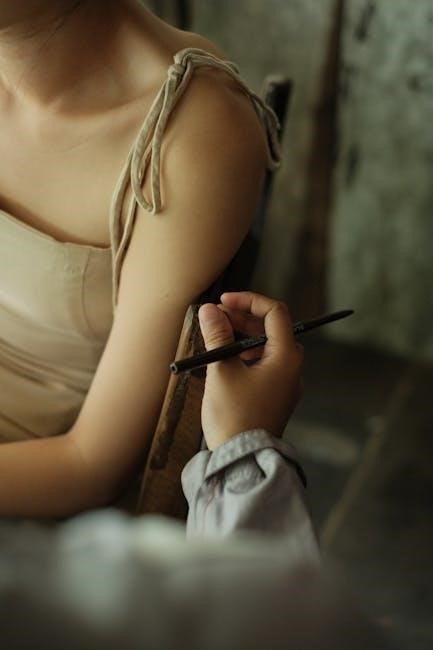
The Role of Anatomy in Figure Drawing
Anatomy is the foundation of figure drawing, providing insight into the structure of bones, muscles, and their relationships, essential for accurate and dynamic human form representation.
Understanding the Skeleton
The skeleton serves as the structural foundation of the human body, influencing pose, movement, and proportion in figure drawing. Accurate depiction requires knowledge of its components and spatial relationships, essential for creating realistic and dynamic forms. Resources like “Figure Drawing For All Its Worth” emphasize its importance in achieving anatomical accuracy and artistic expression.
Muscular Structure and Its Relevance
Muscular structure defines the human form’s contours and movement. Understanding how muscles interact with the skeleton is crucial for capturing realistic poses and expressions. Resources like “Figure Drawing For All Its Worth” detail how muscles influence the body’s shape, enabling artists to depict dynamic anatomy accurately and convey emotion through physical form effectively in their work.
The Importance of Facial Structure
Facial structure is key to conveying emotion and character in figure drawing. Accurate proportions, feature placement, and expressions create depth and realism. Resources like “Figure Drawing For All Its Worth” emphasize understanding the face’s anatomy to capture personality and mood, ensuring dynamic and engaging portraits that reflect the subject’s essence effectively in artistic representations.
Gestures and Movements in Figure Drawing
Capturing gestures and movements is crucial for expressing energy and life in figure drawing. Practicing dynamic poses and observing fluidity helps master the art of motion effectively.
Capturing Gesture and Movement
Capturing gesture and movement is essential for conveying energy and emotion in figure drawing. Techniques like timed sketches and blind contour drawing help artists master dynamic poses and fluid transitions. These exercises train the eye to observe and translate motion onto paper effectively, ensuring a lively and expressive representation of the human form in action.
Postures and Their Significance
Postures reveal character, emotion, and balance in figure drawing. Understanding alignment, weight distribution, and natural positioning is crucial. Practicing various standing, sitting, and dynamic poses helps capture authenticity. Paying attention to how postures reflect mood and stability enhances the believability of your artwork, making it more engaging and lifelike for viewers.

Perspective and Foreshortening
Perspective defines how figures occupy 3D space, while foreshortening adjusts proportions for realistic angles. Both techniques enhance depth and create dynamic, lifelike representations in figure drawing.
Understanding Perspective
Perspective is a foundational concept in figure drawing, enabling artists to create depth and realistic spatial relationships. It involves techniques like one-point and two-point perspective, where lines converge to simulate 3D space. This skill is crucial for accurately depicting the human form in various environments, ensuring proportional accuracy and a sense of realism in compositions.
Mastering Foreshortening Techniques
Foreshortening is essential for creating realistic figure drawings. It involves distorting proportions to show depth. Limbs and torsos appear compressed when viewed at angles. To master this, study anatomy and practice drawing from life. Break forms into simple shapes and observe angles carefully. This technique enhances the 3D effect in your work.
Texture and Shading
Texture and shading add depth and dimension to figure drawings. Use tools like charcoal for texture and hatching for shading to create realistic forms and highlights.
Creating Texture
Texture in figure drawing enhances realism by depicting surfaces like skin, fabric, or hair. Techniques include hatching, cross-hatching, and stippling. Charcoal and pencils are ideal tools for creating detailed textures, adding depth to your artwork. Practice varying line weights and patterns to convey different materials effectively. This skill elevates your drawings, making them visually engaging and lifelike.
Shading Techniques
Shading techniques add depth and dimension to figure drawings by creating light and shadow effects. Hatching, cross-hatching, and stippling are common methods used to build form and volume. Varying line weights and layering strokes can enhance the illusion of three-dimensionality. Proper shading emphasizes the subject’s contours, making the figure appear more lifelike and engaging. Practice these methods to master realistic representations.
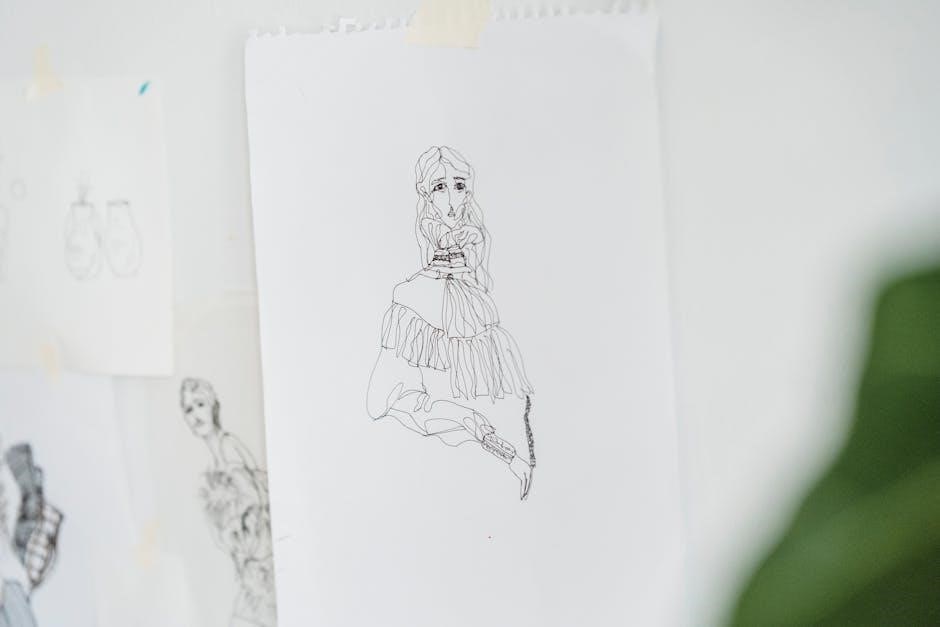
Common Mistakes to Avoid
Common errors include incorrect proportions, neglecting anatomy, and inconsistent shading. Avoid rushing gestures and ignoring measurement techniques to ensure accurate and balanced figure representations.
Proportion and Measurement Errors
Proportion and measurement errors are common pitfalls in figure drawing. Incorrectly sizing body parts disrupts harmony and realism. Using reference lines and consistent techniques helps maintain accuracy. Poor measurement techniques often lead to distorted figures. Observing and practicing anatomical ratios is essential for mastering proportion, as highlighted in resources like “Figure Drawing For All Its Worth.”
Overlooking Anatomy
Overlooking anatomy is a critical mistake in figure drawing, leading to unrealistic forms and poses. Neglecting the skeleton and muscular structure results in a lack of depth and accuracy. Understanding anatomy ensures proper proportions and movement depiction, as emphasized in resources like “Figure Drawing For All Its Worth” and “Figure Drawing ⏤ Design and Invention.”
Resources for Learning
Essential resources include “Figure Drawing For All Its Worth” by Andrew Loomis and “Figure Drawing ⏤ Design and Invention” by Michael Hampton, offering comprehensive guidance for artists.
Recommended PDFs and Books
Essential resources for figure drawing include Figure Drawing For All Its Worth by Andrew Loomis and Figure Drawing ⏤ Design and Invention by Michael Hampton. These PDFs and books provide detailed guidance on anatomy, proportion, and techniques, offering both practical exercises and theoretical insights for artists of all skill levels to refine their craft effectively.
Online Tutorials and Classes
Platforms like Skillshare and Proko offer comprehensive online courses on figure drawing. Stan Prokopenko’s Proko channel provides detailed anatomy lessons, while New Masters Academy features live sessions with renowned artists. Websites like Artists Network and Craftsy also host workshops, making high-quality instruction accessible to aspiring artists worldwide, ensuring continuous learning and skill refinement in the comfort of your own space.
Practice Exercises
Practice exercises include gesture drawing and contour studies to refine skills. Use pencils, charcoal, and varied materials to explore techniques. Dedicate 30 seconds to gestures and 5 minutes to contour studies for effective daily practice.
Daily Practice Routines
Establish a consistent routine with 30 minutes daily. Start with 5-10 minute gesture drawings to capture movement. Follow with 10-15 minute contour studies using pencils or charcoal. Dedicate 10-15 minutes to detailed anatomical studies. Vary materials and timings to refine skills and build confidence in capturing the human form effectively.
Specific Exercises for Improvement
- Practice gesture drawing (30 seconds to 1 minute) to capture movement and energy.
- Perform quick sketches (5-10 minutes) to refine proportion and accuracy.
- Execute contour studies to focus on form and structure.
- Draw 20-minute poses to develop detail and rendering skills.
- Engage in comparative measurement exercises to enhance proportion accuracy.
These exercises, as outlined in “Figure Drawing For All Its Worth,” help build foundational skills and confidence.
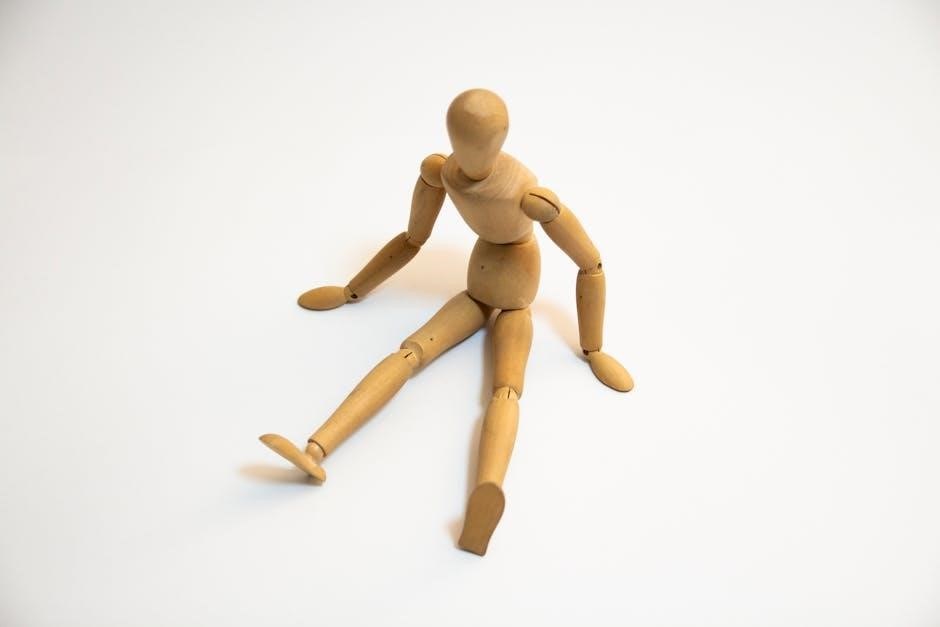
The Importance of Observation
Observation is key to capturing the subtleties of the human form. It allows artists to study proportions, gestures, and movements, ensuring accurate and expressive figure drawings. This skill enhances detail and form accuracy, making it foundational for mastering figure drawing techniques.
Observing the Human Form
Observing the human form involves studying its structure, proportions, and movements. Gesture drawing and contour sketching are key techniques to capture life-like poses and expressions. Artists learn to see the figure as a whole, focusing on balance and harmony. This practice enhances accuracy and expression, making it a cornerstone of figure drawing. Resources like “Figure Drawing For All Its Worth” emphasize its importance.
Environmental Observation
Environmental observation enhances figure drawing by understanding how the human form interacts with its surroundings. Artists study lighting, shadows, and textures to place figures in context. Observing natural and man-made environments helps capture authentic settings, adding depth and realism to drawings. This practice, emphasized in resources like “Figure Drawing For All Its Worth,” enriches compositional skills and narrative potential in artwork.
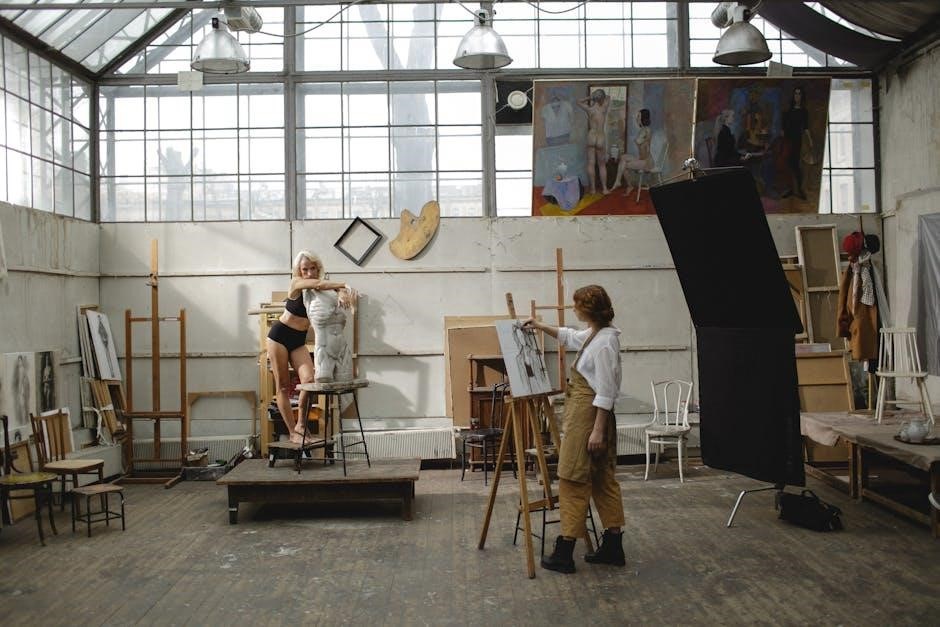
Combining Traditional and Digital Methods
Blending traditional and digital techniques in figure drawing enhances creativity and efficiency. Digital tools complement hand-drawn sketches, offering new possibilities for artists to refine their work seamlessly.
Blending Techniques
Blending traditional and digital methods in figure drawing allows artists to explore diverse creative approaches. Tools like Procreate and Adobe Illustrator enable layering, texture, and precise control, enhancing both sketching and refining processes. This fusion bridges the gap between hand-drawn expression and digital precision, offering versatile ways to achieve detailed, expressive figure drawings with ease and efficiency.
Software for Digital Drawing
Popular software like Procreate, Adobe Illustrator, and Krita offers robust tools for figure drawing. These programs provide customizable brushes, layer management, and precision controls, enabling artists to create detailed, expressive works. Compatibility with drawing tablets enhances accuracy, making digital figure drawing accessible and efficient for both beginners and professionals.